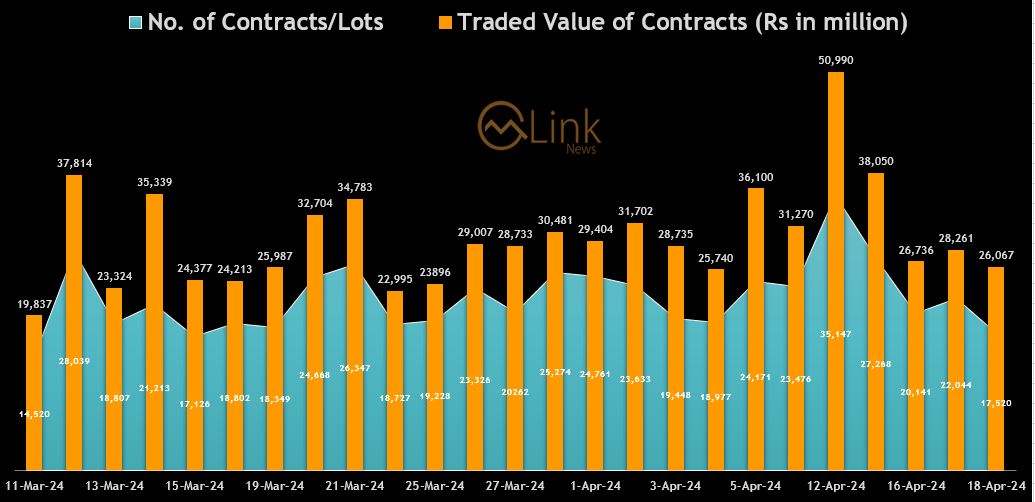Back-to-school season comes around the same time every year, but like the holidays, it has a tendency to sneak up on parents ó and their bank accounts. This year parents might find themselves shelling out more money than usual...
Back-to-school season comes around the same time every year, but like the holidays, it has a tendency to sneak up on parents ó and their bank accounts.
This year parents might find themselves shelling out more money than usual as they prepare for their children to learn at home, according to the National Retail Federation. The main expense: technology, including laptops and related accessories. The NRF predicts the average U.S. household will spend a record $789.49 to get their elementary, middle and high school kids ready for the upcoming school year.
If youíre the parent of a college student, itís even worse: The NRF estimates the average household will spend $1,059.20 on college studentsí supplies.
Thatís a lot of money for pencils and glue (and Macbooks). Here are seven strategies for reining in your back-to-school budget.
7 Tips to Keep Your Back-to-School Budget on Track
These seven tips on creating a back-to-school budget can make shopping a little more bearable.
1. Total Up Everything You Need
Start with the school supply list provided by your childís teacher or school district. Take inventory of what supplies you already have at home. Go through your kidís dressers and closets to see what clothes and shoes they can still fit into before going out to buy a new wardrobe.
When creating your list, donít forget the costs that arenít obvious. For example, do you need to stock up on masks and hand sanitizer? How about a visit to the pediatrician?
2. Establish Your Spending Limit
Itís important to create a spending limit youíre comfortable with and that covers the basics. Going school shopping without a budget will only set you up for overspending.
Once you have your shopping list together, you can start pricing items, even if you donít plan on actually buying anything until closer to the start of school. Create your budget based on regular retail prices rather than current sales. Overestimating your expenses will give you a little wiggle room when itís actually time to shop.
After youíve totaled up how much you expect to spend, do you have enough money? If not, youíll have to adjust.
3. Pad Your Back-to-School Budget
Earning extra money can always provide a little financial stress relief. That holds true for back-to-school season.
Ask your employer about picking up extra shifts or working overtime. Find a temporary side gig, like dog walking, delivering groceries or doing odd jobs via TaskRabbit.
If you have older children, you could have them chip in on a portion of their school expenses.
Talk to your teens about school shopping expectations. Have them share some of the cost of items that donít fall within your budget.
4. Create a Sinking Fund For School Costs
A sinking fund is a pool of money that you add to over time to break a large expense into more affordable chunks.
Letís say youíve estimated youíll spend $600 for the back-to-school season, and you get paid three times before your kids start their first day. Each payday, you should set aside $200 in your sinking fund to cover the upcoming expenses.
If you take money from your existing savings to start the sinking fund now, you can take out less each paycheck.
Setting up a direct deposit or automatic transfer will help you save money in your sinking fund without even thinking about it.
5. Implement Saving Challenges
Saving money can be difficult, especially when you donít have much time. Saving challenges can help you put aside more money than youíd think.
If you shop using cash, challenge yourself to save a certain denomination whenever it hits your wallet. Perhaps you save all the $5 bills you get as change.
If you typically pay for things with a debit card, your money-saving challenge could involve rounding up each purchase to the nearest $5 increment and putting that difference toward your school expense savings.
Or try a no-spend challenge. Implement a 30-day freeze on discretionary spending so you have more money to pay for school gear.
6. Be a Smart Shopper
Between now and the start of school, youíll encounter enough sales that itíd be foolish to pay full retail price for anything.
In addition to taking advantage of sales promotions, here are some other smart back-to-school shopping strategies to keep in mind:
Buy generic. Compare prices. (We already did it for you!) Donít snub discount shopping at thrift stores or the dollar store. Get items in bulk at warehouse stores. Take advantage of coupons and rebate sites. Shop during your stateís sales tax holiday. Ask other parents in your social circle if they have hand-me-downs or unused supplies your kid could use.The older your children get, the more opinionated theyíll probably be about what they want for the new school year. Talk to your kids about what is most important to them. After identifying a couple select splurge items, find ways to get everything else for less.
7. Figure Out Which Expenses You Can Delay
You donít always have to buy everything in time for the first day.
If your children are starting school at home distance learning, they may not need new clothes right away. Hold off a few weeks or more on buying the ďfunĒ supplies, like backpacks and lunchboxes.
Using that extra time to save up will give you and your kids a shopping spree to look forward to once we finally get a little sense of normalcy back.
Nicole Dow is a senior writer at The Penny Hoarder.
This was originally published on The Penny Hoarder, which helps millions of readers worldwide earn and save money by sharing unique job opportunities, personal stories, freebies and more. The Inc. 5000 ranked The Penny Hoarder as the fastest-growing private media company in the U.S. in 2017.












